May 25, 2025 | 21:04 GMT +7
May 25, 2025 | 21:04 GMT +7
Hotline: 0913.378.918
May 25, 2025 | 21:04 GMT +7
Hotline: 0913.378.918
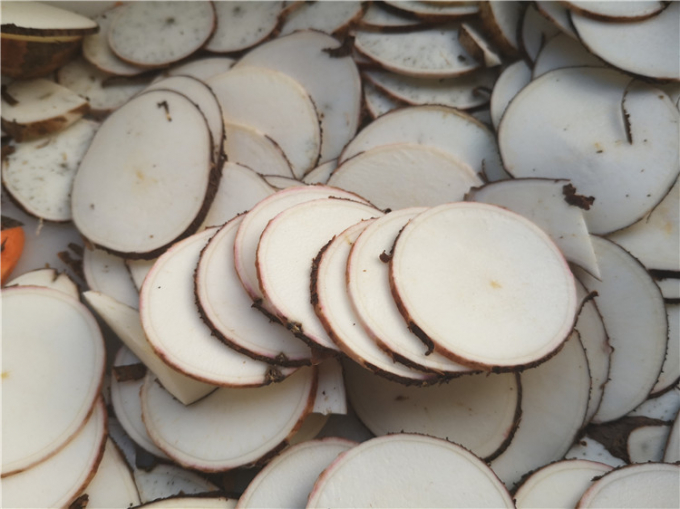
Earlier this year Vietnam's import of cassava slices into China increased sharply.
According to the General Administration of Customs China, in the first two months of 2021, imports of cassava slices into China reached US$ 222.65 million, up 151.9% over the same period in 2020.
Thailand, Vietnam, Cambodia, Laos and Tanzania are China’s 5 biggest cassava slices supply markets in the first two months of 2021. Specifically, Vietnam is the second biggest market that supplies cassava slices for China with US$ 41.72 million, up 209.9% over the same period in 2020.
Owning to the considerable increase in value as mentioned, Vietnamese cassava slices occupy the market share of 18.74% of China’s total import value of cassava slices in the first two months of this year, a sharp increase compared to the 15.23% rate in the first two months of 2020.
China also increased purchasing Thai cassava slices in the first two months of 2021 with US$ 173.1 million, up 148.5% over the same period in 2002. The market share of Thai cassava slices accounts for 77.74% of China’s total import value of cassava slices, a slight decrease compared to the 78.81% rate in the first two months of 2020.
Information from the General Department of Vietnam Customs shows that the exportation of cassava slices has experienced a sharp increase early this year. Particularly, in the first 2 months of the year, cassava slices exports reached 270,298 tons, valued at US$ 66.7 million, up 71.8% in volume, up 103.2% in turnover over the same period in 2020.
Not only that there’s a rise in export volume, but the price of exported cassava slices early this year has also sharply increased. To be specific, in the first two months of the year, the average price of cassava slices for export was US$ 246.8/ton, an increase of 18.3% compared to the first two months of 2020. In February, the asking price of Vietnamese cassava slices was pushed up to the rate of US$ 285 - 290/ton (CNF price).
Cassava slice prices increased greatly because of the high import demand from China. Due to the sharp increase in the price of cassava starch and corn, many Chinese factories have prioritized the use of crushed cassava slices and boosted the purchase of this item from many countries, including Vietnam.
Meanwhile, cassava production in Vietnam was reduced because of the leaf mosaic disease in many localities. Cambodian cassava imported to Vietnam is also limited because Vietnam has strengthened border control, as the Covid-19 epidemic in Cambodia remains complicated. Therefore, according to information from many traders in the cassava industry, the source of cassava slices purchased for warehouses in Vietnam’s 2020-2021 crop is very low.

Cassava transportation in Tay Ninh, Vietnam.
In March and early April, exports of Vietnam's cassava slices continued to be enthusiastically active. According to Agromonitor, in March, the volume of cassava slices exported was 45,000 tons higher than in March 2020. During the first week of April, 25,000 tons of cassava chips were customs cleared.
Apart from the main route exports, the exportation of cassava slices across the border to China also increased strongly. In the first three months of this year, Agromonitor has estimated that the export volume of cassava slices across the border was 12.7 times higher than that of the same period in 2020.
/2025/05/19/2617-14-211139_18.jpg)
(VAN) Vietnamese bird's nest enterprises are eager to access the promising Chinese market; however, only those with thorough preparation, truthfulness, strict regulatory compliance, and consistent product quality will be positioned for success.
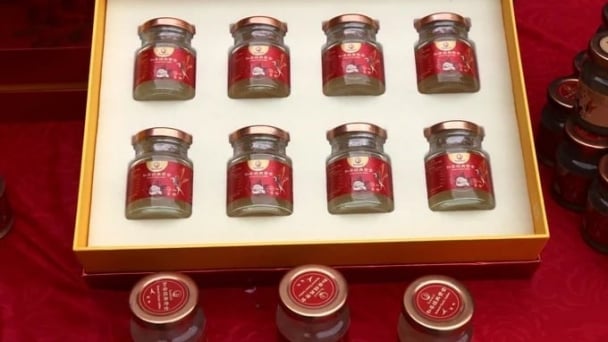
(VAN) For Vietnamese bird's nest products to penetrate deeply and sustainably into the Chinese market, it requires not only product quality but also strict compliance with the regulations on quarantine, traceability, and food safety.
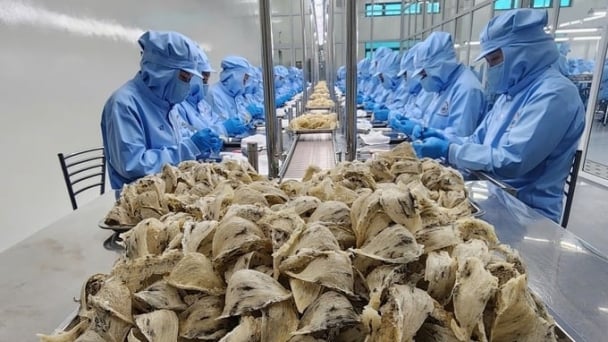
(VAN) As one of Vietnam's most high-value products, bird's nest is asserting its position on the national agricultural export map. China, with an annual demand of hundreds of tons, is considered the most promising market.
/2025/05/22/5250-1-184853_288.jpg)
(VAN) According to a representative from the Central Retail Vietnam, Vietnamese products such as seafood, sweet potatoes, dragon fruit, coffee, and spices hold great potential in the Thai market.
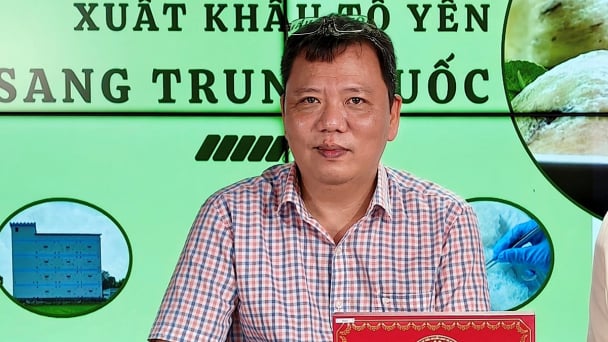
(VAN) A multi-channel, multi-directional strategy only works when the agricultural value chain meets global transparency and SPS standards.
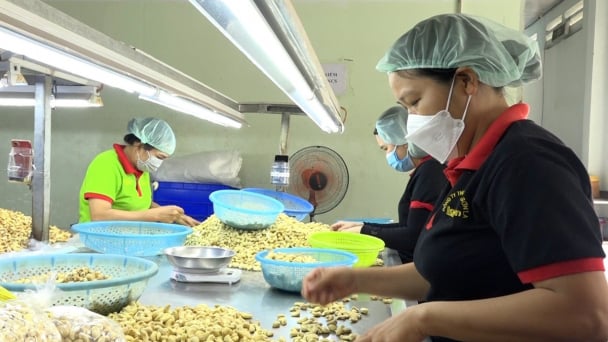
(VAN) Market expansion is a matter of survival for Vietnamese businesses amid fierce competition and global supply chain fluctuations.
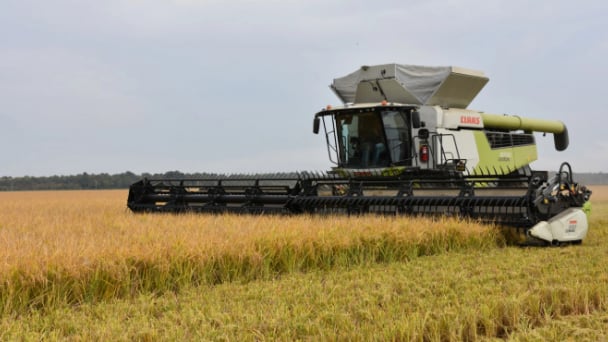
(VAN) Global market prospects for U.S. long-grain rice for the upcoming marketing year.